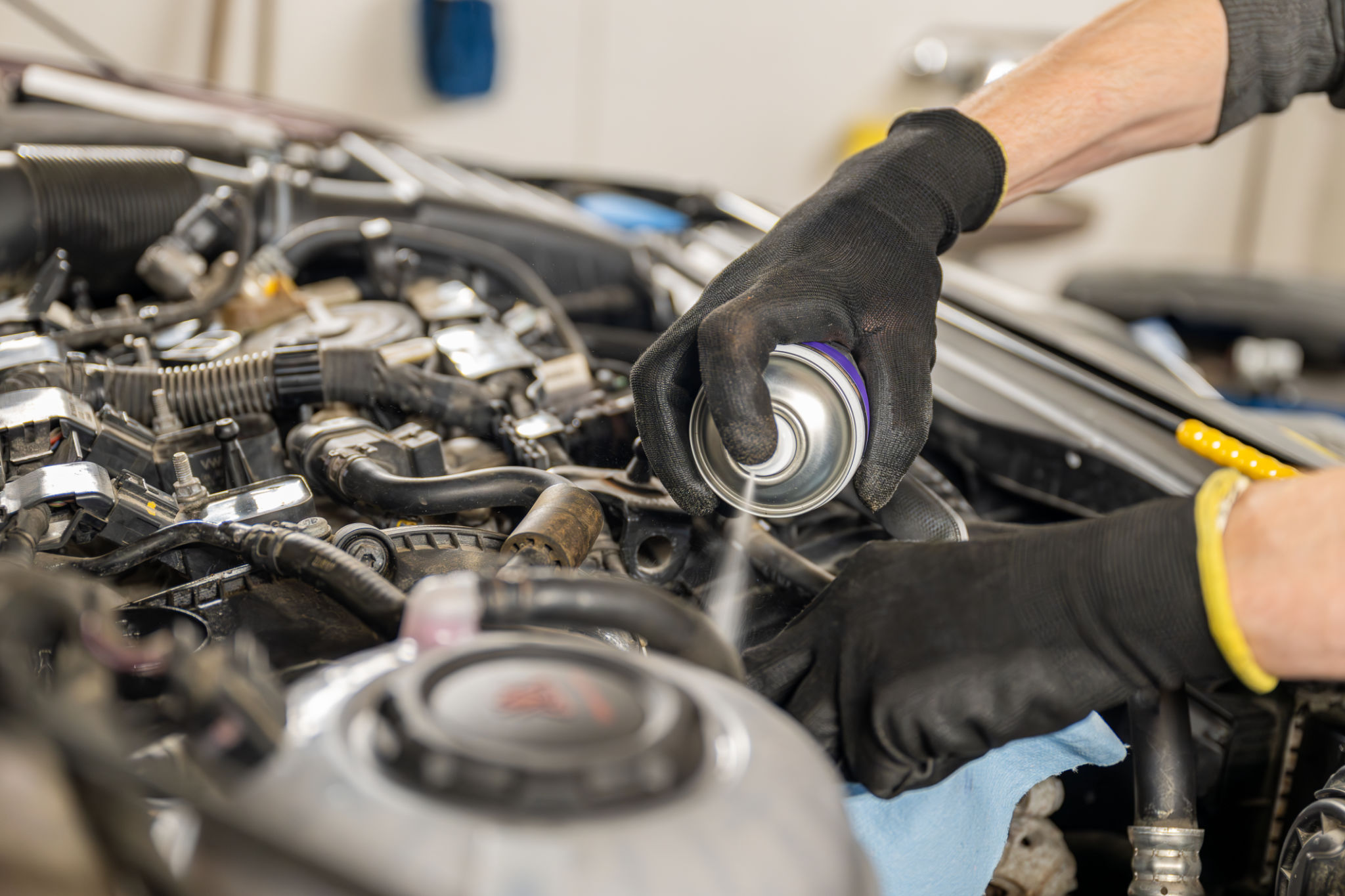Comparing Lubricant Options: Traditional vs. Eco-Friendly Solutions
Introduction to Lubricant Options
When it comes to keeping machinery and engines running smoothly, choosing the right lubricant is crucial. Traditionally, petroleum-based lubricants have dominated the market. However, in recent years, eco-friendly lubricants have gained popularity due to their environmental benefits. In this post, we'll explore the differences between traditional and eco-friendly lubricants to help you make an informed decision.

Understanding Traditional Lubricants
Traditional lubricants are primarily derived from crude oil. They are known for their excellent performance in reducing friction and wear in machinery. These lubricants come in various types, including mineral oils and synthetic oils. While they are highly effective, traditional lubricants pose several environmental challenges.
The production and disposal of petroleum-based lubricants can lead to environmental pollution. They are not biodegradable and can contaminate soil and waterways if not disposed of properly. Despite these drawbacks, their cost-effectiveness and proven reliability make them a popular choice in many industries.
The Rise of Eco-Friendly Lubricants
Eco-friendly lubricants, also known as bio-based or biodegradable lubricants, are made from renewable resources like vegetable oils and animal fats. These lubricants offer a more sustainable alternative without compromising on performance. One of their primary advantages is that they are biodegradable, reducing the risk of environmental contamination.

Eco-friendly lubricants are designed to minimize the ecological footprint of industries. They often contain fewer toxic components and provide better safety for workers. With increasing awareness of environmental issues, more businesses are considering these lubricants as part of their sustainability initiatives.
Performance Comparison
When comparing performance, both traditional and eco-friendly lubricants have their strengths. Traditional lubricants tend to have a higher thermal stability and longer shelf life. They are particularly effective in extreme temperature conditions, making them suitable for heavy-duty industrial applications.
On the other hand, eco-friendly lubricants generally offer superior lubricity, which can enhance equipment efficiency and reduce energy consumption. They are often preferred in applications where environmental impact is a major concern, such as in agriculture and marine industries.

Cost Considerations
Cost is a significant factor for businesses when selecting lubricants. Traditional lubricants are typically more affordable due to established production processes and widespread availability. However, the long-term environmental costs and potential regulatory fines associated with their use can outweigh initial savings.
Eco-friendly lubricants may carry a higher upfront cost but can lead to savings in waste management and potential tax incentives for sustainable practices. As technology advances and production scales up, the price gap between traditional and eco-friendly options is expected to narrow.
Making an Informed Decision
Ultimately, choosing between traditional and eco-friendly lubricants depends on your specific needs and values. Consider factors like performance requirements, environmental impact, and budget constraints when making your decision. Consulting with industry experts or lubricant specialists can provide valuable insights tailored to your application.
As the world moves towards more sustainable practices, eco-friendly lubricants will likely continue to gain traction. By choosing a lubricant that aligns with both operational needs and environmental goals, businesses can contribute to a healthier planet while maintaining efficiency.
